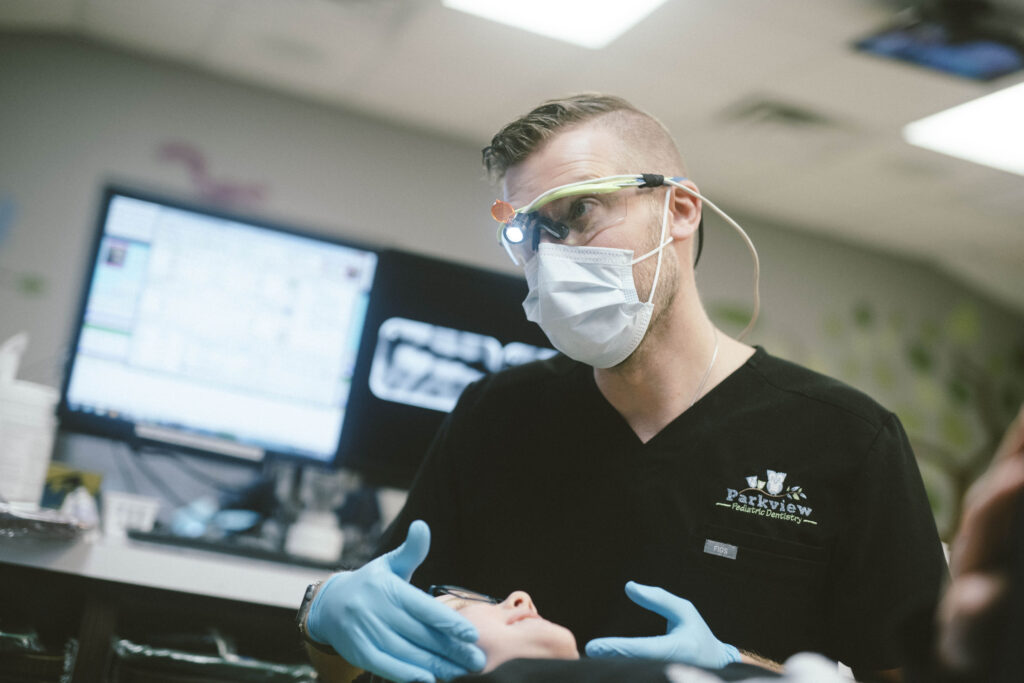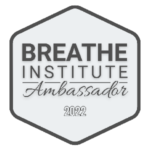Treating Lip and Tongue Ties
What is a “Tongue-tie or Lip Tie”
It is a mid-line defect of the frenum, resulting in an excessively “tight” attachment limiting the range of motion of the tongue and the lip. This can cause significant breastfeeding difficulties in addition to other health problems.
What is a frenum?
They are two basic types: a lingual (tongue) and a labial (lip) frenum.
The lingual (tongue) frenum is on the bottom of the tongue connected to the floor of the mouth. If this piece of tissue happens to restrict the tongue’s movement, it is called “tongue-tied.” Tongue ties can affect proper speech, swallowing, and movement.
The labial (lip) frenum is the tissue that connects the gum to the top lip. If it is abnormally wide or long, it may limit movement of the top lip. In babies, this can cause problems with breastfeeding. In addition to restricting movement, if the frenum is too long, it can create a space between the two front teeth.
Lip and tongue ties can also cause other health problems such as tooth decay, crowding, spacing, speech difficulties/delays, improper food clearance, digestive issues, heightened muscle tension, airway compromise, sleep apnea, tension headaches, clenching, grinding, muscle fatigue and overall skeletal and craniofacial development.
What Is A Frenectomy or Frenotomy?
A frenectomy or frenotomy refers to a corrective procedure done to release a tight frenum. When done with a laser, the terminology is essentially interchangeable.
Infant Laser Lip and Tongue Tie Revision
Our office works very closely with multiple IBCLS’s and speech therapist. We even have Valeri Gatlin IBCLC in our office on a regular basis during the revisions to help mothers achieve optimal feeding immediately following the procedure. Our doctors have completed many extra training courses specifically aimed at appropriate diagnosis, treatment, and aftercare. We understand that the mother-baby breastfeeding dyad is of the utmost importance. We have been able to offer many mothers the ability to successfully breastfeed their infant when they previously had significant difficulty!
How Does the Laser Work?
Our office uses a CO2 laser. It is a cold, non-touch laser that allows for gentle treatment and optimal healing of the tissue. The laser seals the blood vessels as it works, so there is little to no bleeding . No sutures are needed. Additionally, the laser is bactericidal and sterilizes the wound and surrounding tissue. Therefore the risk of infection is very minimal.
How to prepare for the first appointment and what to expect
Try not to nurse immediately before the procedure; being able to nurse following the procedure helps calm your infant and allows you to feel the positive changes of increased tongue mobility.
Please come to the appointment with all (patient portal forms) completed online in advance so that we can focus on your child from the beginning.
We will spend the first portion of the appointment discussing your concerns, symptoms, and completing a clinical exam. If we determine that your child would benefit from a frenectomy procedure ,there are situations in which we can complete the procedure on the same day. This procedure is a quick, in-office treatment. No general anesthesia is needed or recommended. During the procedure, everyone present in the room must wear protective eyewear.
Numbing medication (local anesthetic: lidocaine) is used to completely numb the small area where the laser will be used. After the procedure is completed, you will have the opportunity to use our private nursing room to nurse and soothe your infant. Many times mothers will experience improved breastfeeding immediately following the procedure.
What to expect after the procedure
Following the procedure, there are a few main components for success:
-Postoperative stretches (active wound management)
-Follow up with our office and other necessary professionals
-Pain Control
Re-Attachment
Every person has a frenum under the tongue and lip. A new frenum attachment after the revision is expected and does not mean that there is re-attachment. Re-attachment simply refers to the frenum attachment in the previous position that is still fully or partially restrictive. This is the main risk of a frenectomy procedure.
Tissue Healing
The tissue will go through various stages of healing and coloration for the next few weeks, from red, to yellow, to white, and finally to normal salmon pink. These are the NORMAL stages of healing (much like forming a scab on your skin) and do not indicate that something is wrong or infection has started. Please don’t be alarmed by the color changes or appearance.
Expectations
Be prepared for a few days of fussiness and discomfort as your baby adjusts to the new mobility, and the wound goes through its various healing forms. Some babies take to the procedure immediately, and some take time to adjust. Both are fine and do not define a successful/unsuccessful revision! Generally, most babies take a few steps back before they can start moving forward. This means that breastfeeding might be harder initially until the brain and tongue begin to organize, and the mechanics start working together correctly. There is new mobility of the lip and tongue, and your baby needs time to re-learn how to use them! Follow-up appointments will be instrumental in working this out.
Follow-Up Appointments
We prefer to see patients about one week after the procedure to assess wound healing, re-attachment, daily stretches, and symptom changes. Further appointments can be scheduled on an as-needed basis. We will see each other for multiple appointments after that. It is important to commit to follow-up visits to ensure proper healing and tissue formation.
It is VERY important to follow up with your lactation consultant after the revision for continued work. Now that the lip/tongue has optimized mobility, it is very important to re-learn and organize the movements. Techniques that may not have worked before may be far more effective now that your baby has appropriately functioning tools. Additionally, many babies can benefit from other body work as needed. Body work can help detect and release body tensions to aid in a more appropriate breastfeeding relationship. We can discuss the benefits of this during your appointment.


